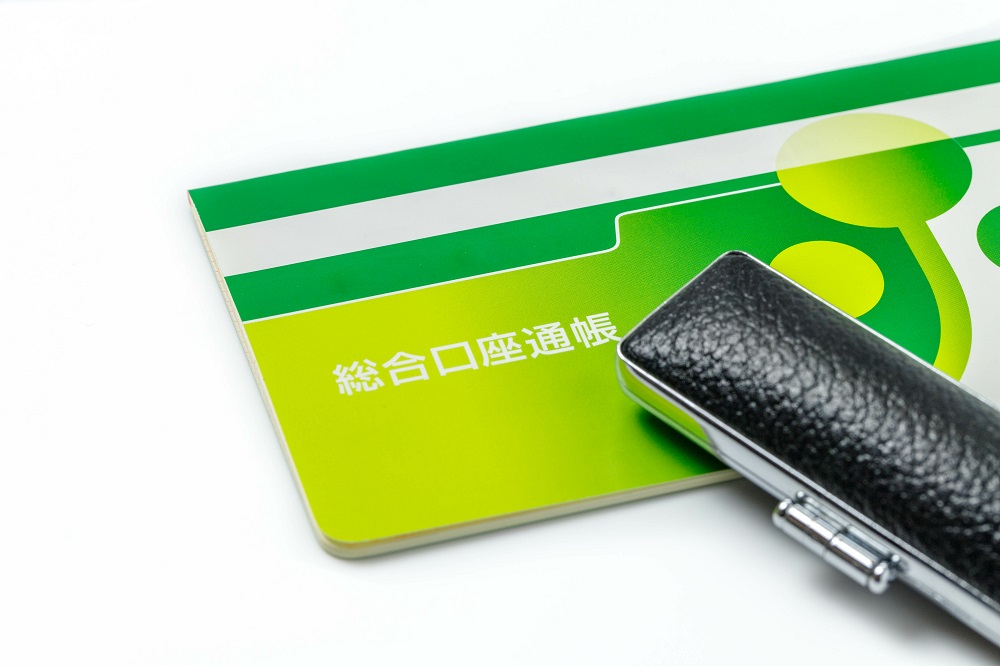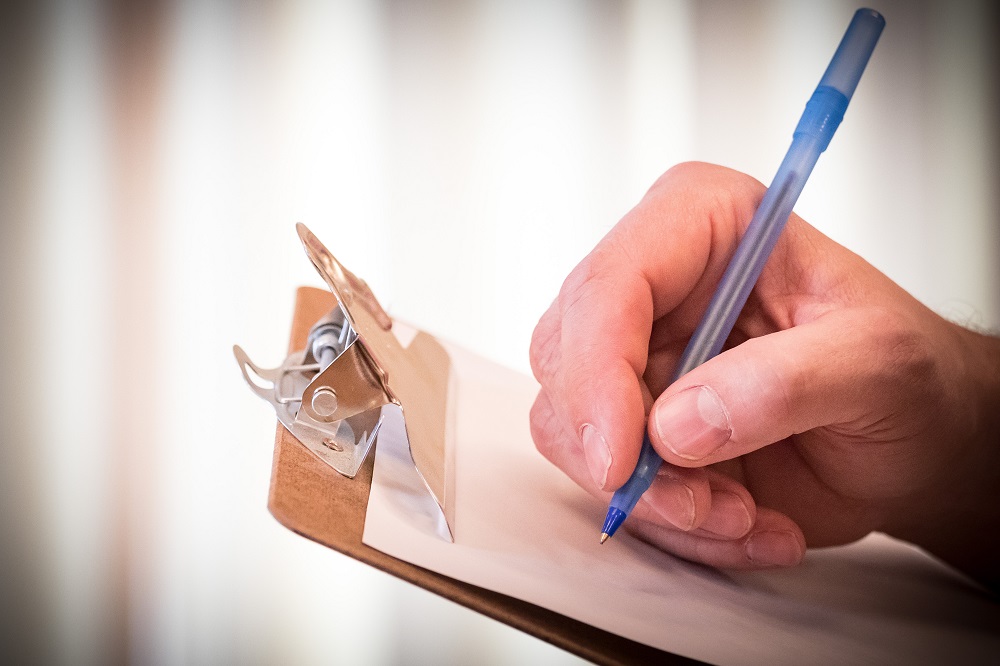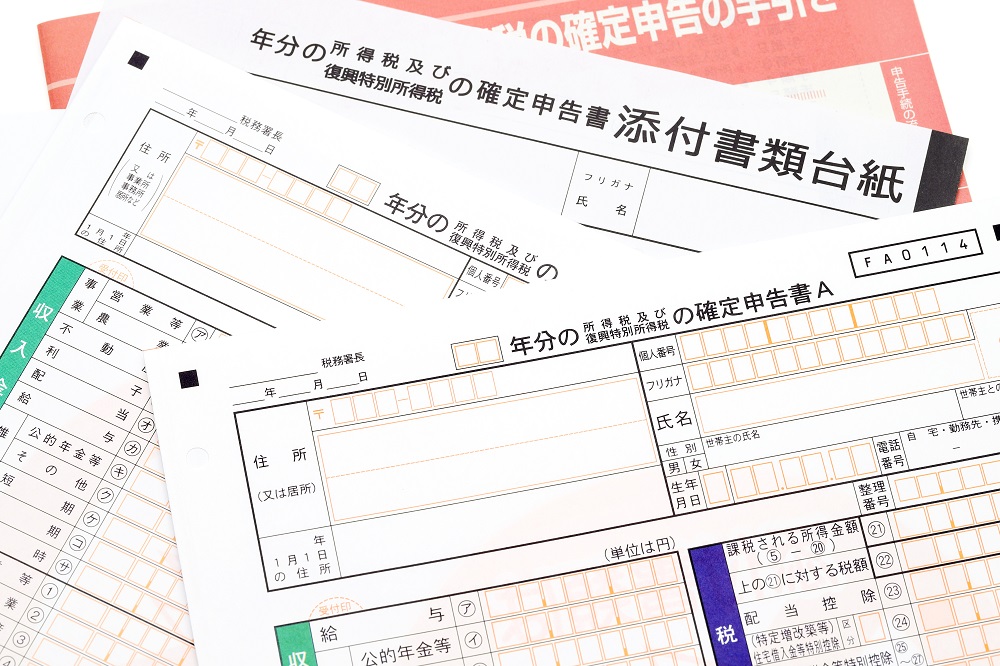As a Japanese Australian born and raised in Sydney throughout my entire life, I had always dreamt of moving to Japan. When I turned 20, I decided to experience a snippet of Japanese local life by moving to Japan for 6 months. As someone who visited Japan every year, I would have never imagined to encounter so many new experiences that changed my perception of Japanese life. Through a series of anecdotes, this article will discuss one of the most surprising discoveries I made during my stay in Japan.
From extremely fast bullet trains to fancy toilets that play background music, I had an image of Japan as being astoundingly technologically advanced in all aspects of life. So, I was surprised to realise how heavily Japan depends on paper in numerous scenarios where digitalisation would be expected.
Why a notebook?

On the day of my arrival I opened a bank account at my local post office and was confused when I received a plain notebook called a ‘tsucho’. This was a bank book used to update my account information. Every time I wanted to check my deposits or withdrawals, I had to visit my local ATM to get it manually updated. As it was my only method to track my account balance, it felt like a great inconvenience as in Australia I was used to checking my account through a simple click on a mobile app. Thus, it was common to see long queues outside ATMs in the morning with workers lining up to update their bankbooks and withdraw cash as cash-less pay is still not as common.
Similarly, when I visited a pharmacy to purchase some prescription medication, I received an ‘okusuri techou’ or a ‘medicine notebook’. Like the bank book, manual input was required to update the list of medication that I was prescribed. I would receive a sticker that had the medicinal information, which I would then, stick inside the notebook. This medicine book was used for reference when doctors wanted to see your prescription history. It was shocking that information like this was not being tracked and stored on an online database
Although I saw that online banking services and e-medicine books are becoming increasingly accessible, it is still yet to be adopted by the mainstream Japanese population.
I have to call to check my roster !?

Another surprising occasion was when I applied for a part time job at a large global retail store. I had accidentally (without knowing) missed my first shift as the manager had forgotten to notify me that shifts were written on paper, and a phone call was required to know when they were. From experience working similar part-time jobs in Australia, I assumed that I would receive weekly rosters via email or through a designated mobile app.
The lack of an online platform to communicate work availability and end-dates posed frequent problems of miscommunication and misunderstanding. Even though I notified managers of my availability several times, as the mode of communication was either verbal or written on a random sheet of paper, it was bound to be forgotten or lost. It was surprising to see that this store with around 100 employees still used manual methods to manage employees as many of these issues could be minimised with the use of a digital platform.
Hanko culture is engraved within Japan society

Every time I was required to fill out an application form, whether it be for opening a bank account, applying for residency at the city office or starting a new part time job, there was always a little box on the paper that required me to stamp my Hanko. Before my arrival in Japan, I was given one from my mother without knowing its exact purpose or its importance in everyday life.
A Hanko is a seal stamp with your engraved surname or company name typically in kanji. It can serve as a personal identifier, equivalent to a written signature. I used a Hanko known as a Mitome-In, an un-registered stamp for common-place transactions when I received deliveries directly at home or when I filled out forms at the city hall. Surprisingly, none of these forms were available for completion online which made me question whether this was one of the reasons hindering Japan from transitioning to a more digital society.
In the business context, the Hanko is utilised as a stamp to symbolise legitimacy and verification. When a document requires approval from a superior, the employee has to receive a Hanko as a seal of approval. Also, if you need to pass on a document that needs to be read by other employees, your Hanko needs to be stamped to show that the information has been read and checked. It is also used in some companies as a sign of attendance, where workers are required to stamp their names in a specific logbook when they arrive . Hanko is used in many aspects in the business process in Japan.
This dependence on paper and the traditional seal system has posed some problems especially during the COVID-19 pandemic where workers were recommended to work from home. Despite the “state of emergency” declaration in Tokyo, research conducted by free corporation highlighted that 76.7% of teleworkers from small-to-middle sized corporations still needed to visit their offices. Out of these workers, 38.8% visited to sort out paperwork while 22.2% of workers had to visit to receive a Hanko. Evidently, my friend also told me, “I have to go to the office 2 times a week just to receive a stamp and it’s scary because I’m risking potential infections.”
I hope to see more corporations in the future transition to a paperless system using digital signatures instead of Hanko. I believe that in the long term it will help boost workplace productivity and efficiency, eliminating the need to constantly visit people in person. Most drastically, I hope a change is made soon to eliminate the risk of spreading infection.
Through my experiences and research, I was able to understand that Hanko is more than ‘just’ a stamp and is also symbolic of one’s growth, accompanying you throughout your entire life. It is synonymous with significant life events such as buying a house or getting married. Because of this symbolic meaning, a Hanko is a popular gift for occasions like coming of age ceremonies and birthdays, available in many unique designs and colours. Although it may shift from its original function, I hope that Hanko will remain as a part of Japan’s rich material culture.
So why is Japan still so attached to paper?

So why is Japan so technologically advanced yet still attached to paper in many aspects of daily life?
Slow adaptation to digital technologies could be attributed to the aging population in Japan. With data showing that in 2018, 28.4% of the Japanese population. consisted of elderly citizens meaning less pressure to introduce these online technologies. Even if they are introduced, they are not being adopted at a fast rate due to difficulties learning and some completely refusing to use these services. For example, JP bank with an older customer base was late in introducing online services as there was no demand.
I believe it is also to do with how deeply embedded paper is in all aspects of Japanese life. When you visit traditional Japanese houses, you open wooden sliding doors called ‘shoji’ made of translucent rice paper. In department stores you see workers meticulously wrapping products with layers and layers of delicate paper and when you visit stationary stores there are aisles of different cards and envelopes dedicated to specific occasion like weddings, New year’s day and even funerals. Japan is also famous for their traditional hand-made washi paper with its strong durability and remarkable thinness.
In Japan paper holds a symbolic meaning of appreciation and trust that isn’t as prevalent in other countries. My relative had once told me, paper in Japan is a medium that allows individuals to come together, connect and create bonds. I felt that this highlighted the Japanese value of face-to-face interaction.
Some advice
As all the paper forms I filled out were only available in Japanese, if your planning to move to Japan and need to open a bank account, sign up for health insurance or other contractual work, make sure that you check in advance that there is English support available or bring a friend that can read and speak in Japanese.
Even after this pandemic is over, I believe that Japan will still continue to slowly transition its processes to online. I believe that this could be an opportunity for international business to introduce new technologies that allow more efficient workflow.


Comments